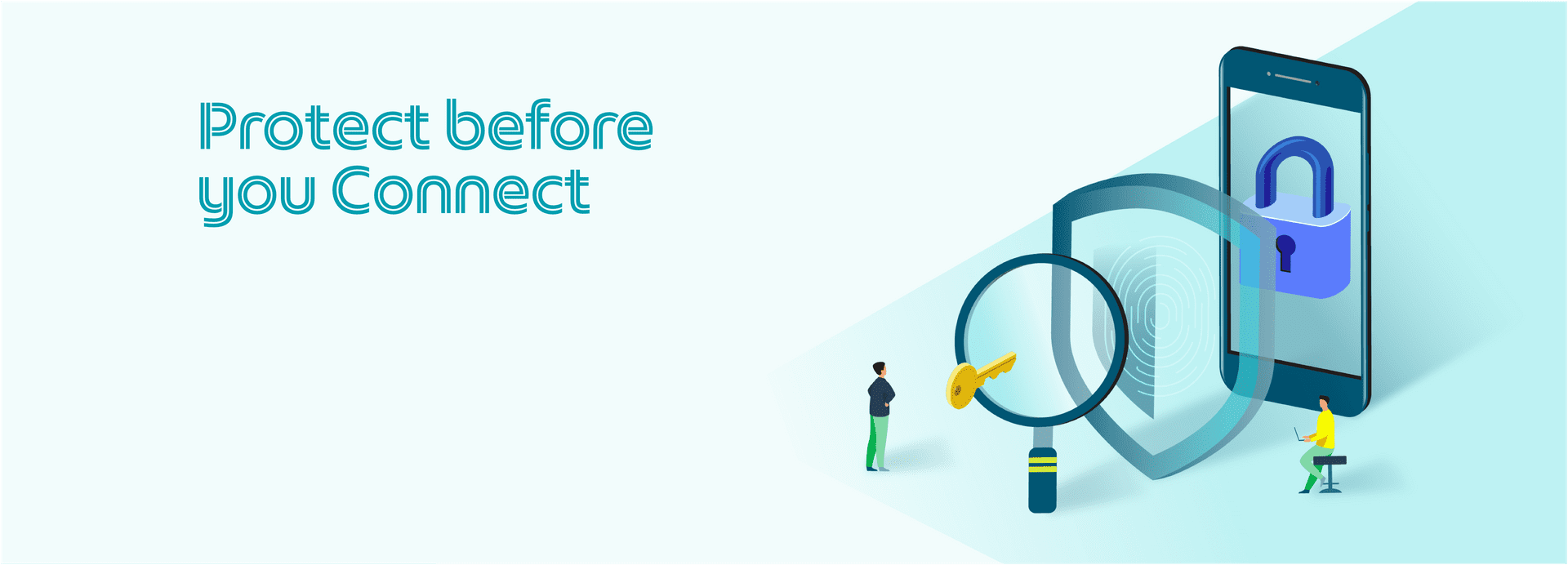

Like a sniper, the most dangerous cyber security threats are the ones you never see coming.
Cyber-attacks, unfortunately, are not a matter of “if,” but “when” they will occur. But, as scary as it sounds, there are plenty of common types of security risks which are both identifiable and preventable.
Here are our top 4 picks and how we can navigate around them:
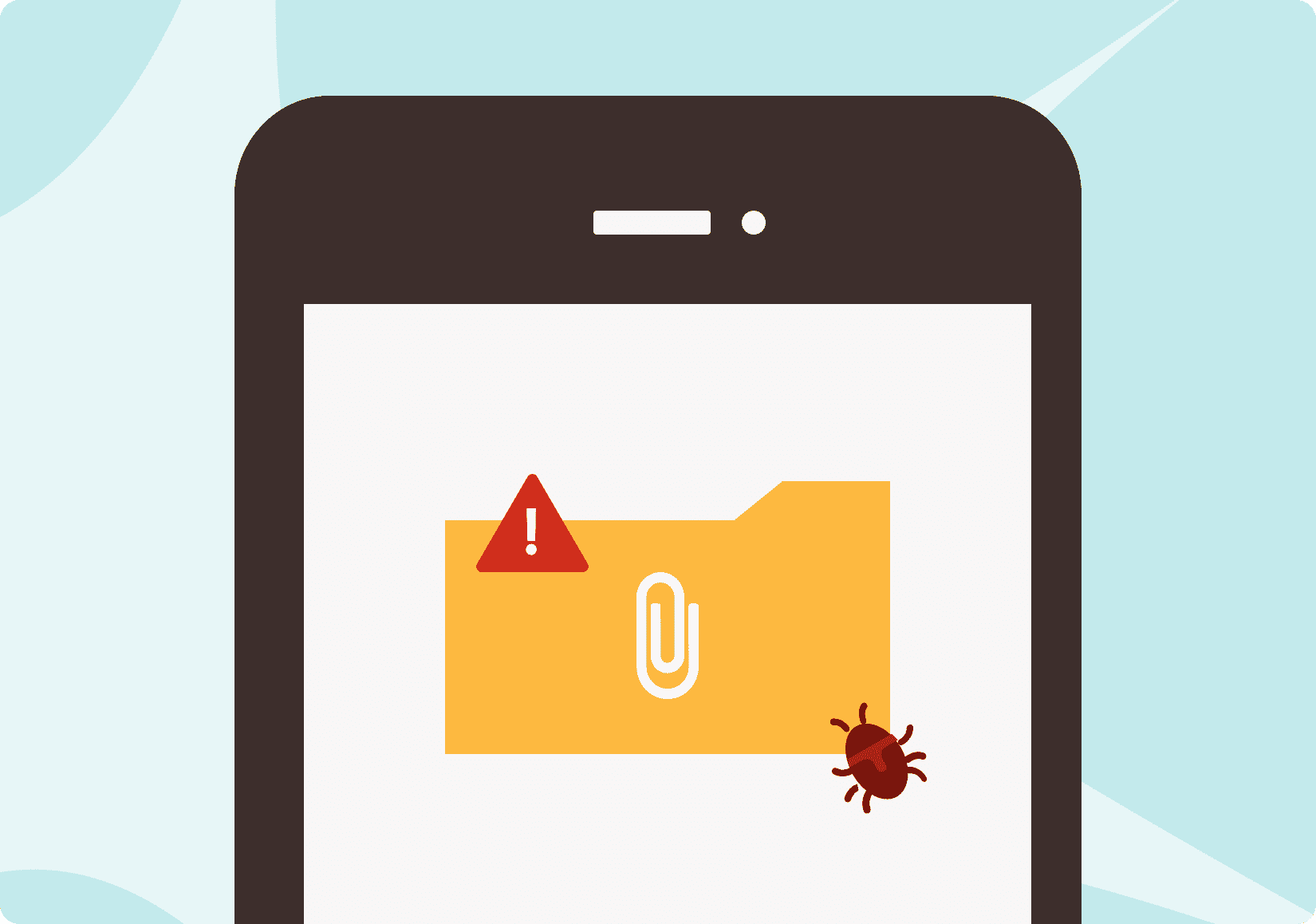

Various Forms
of Malware
Malware ranges from denying access to programs, deleting files, stealing information, and spreading itself to other systems.
Solution
Solution
- Use reputable antivirus and anti-malware solutions, email spam filters, and endpoint security measures.
- Ensure that your cyber security updates and patches are all up to date.
- Learn to recognise and to not engage with suspicious links, files or websites.
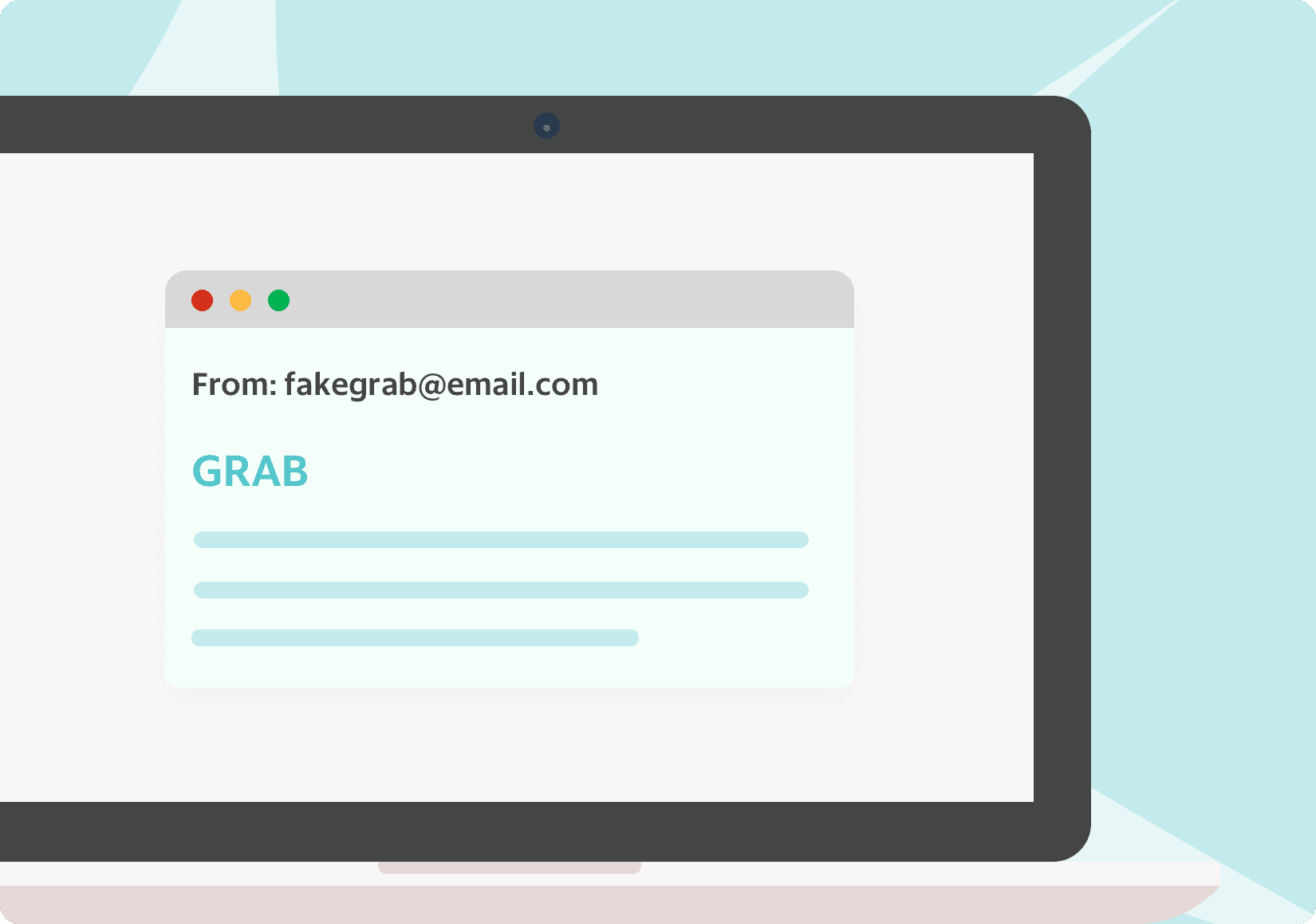
Phishing Attacks and
Social Engineering
Phishing is a type of fraud in which cyber criminals attempt to steal sensitive information through email messages, websites or phone calls which appear to be legitimate.
Solution
Generally, a common-sense approach to security is the best prevention. Phishing messages are often rife with spelling and grammatical errors. Official emails from organisations do not request personal data, so this is an indicator of malicious intent.
Solution
Generally, a common-sense approach to security is the best prevention. Phishing messages are often rife with spelling and grammatical errors. Official emails from organisations do not request personal data, so this is an indicator of malicious intent.

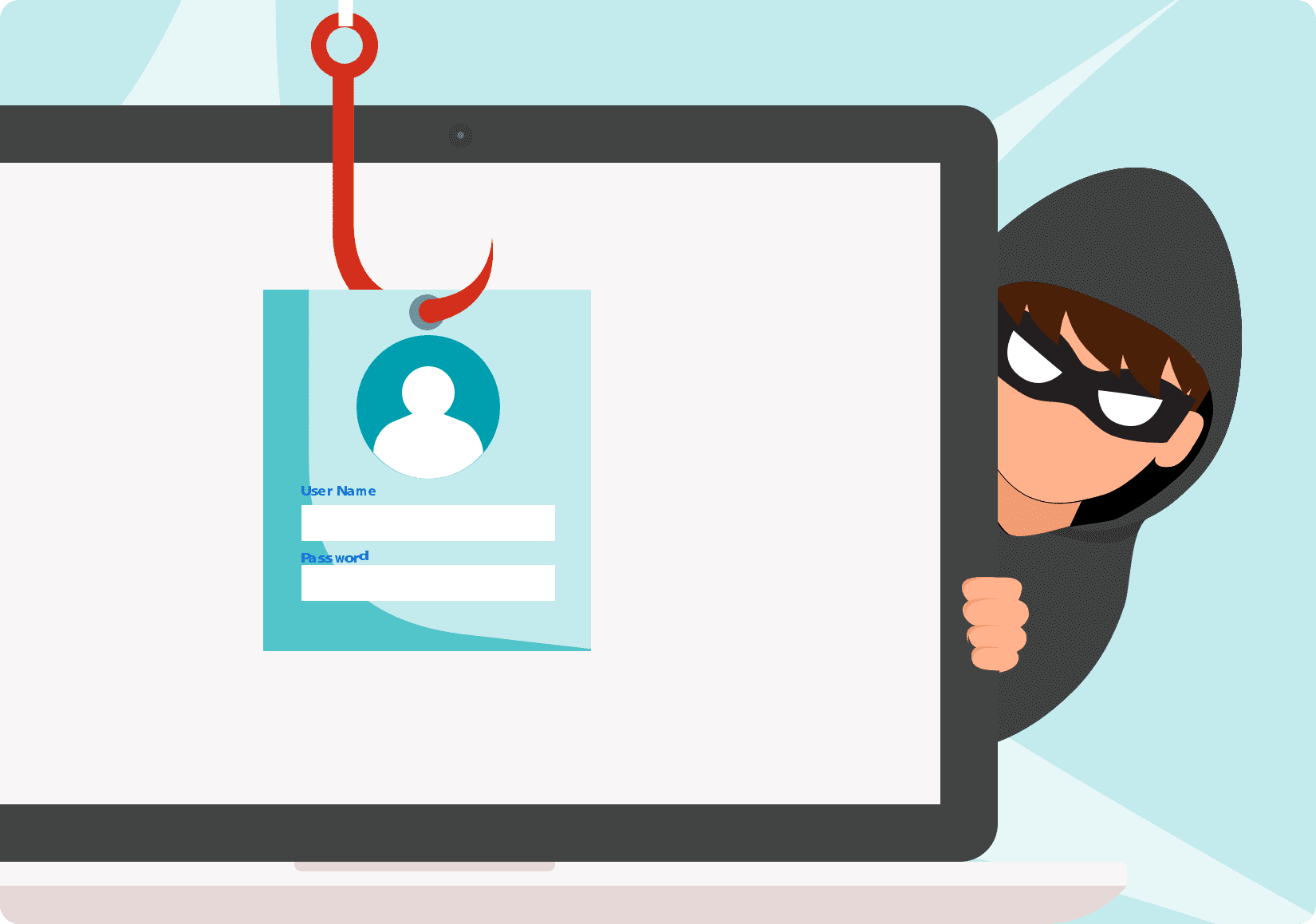


Identity
Theft
Identity theft is committed in many different ways and its victims are typically left with damage to their credit, finances, and reputation.
Solution
Solution
- Create complex and unique passwords for your accounts and don’t reuse them.
- Don’t rely on security questions to keep your accounts safe; your mother’s maiden name and your pet’s name aren’t hard to find.
- Think carefully about what you post on social media so you don’t give away key data or clues about how you answer security questions.
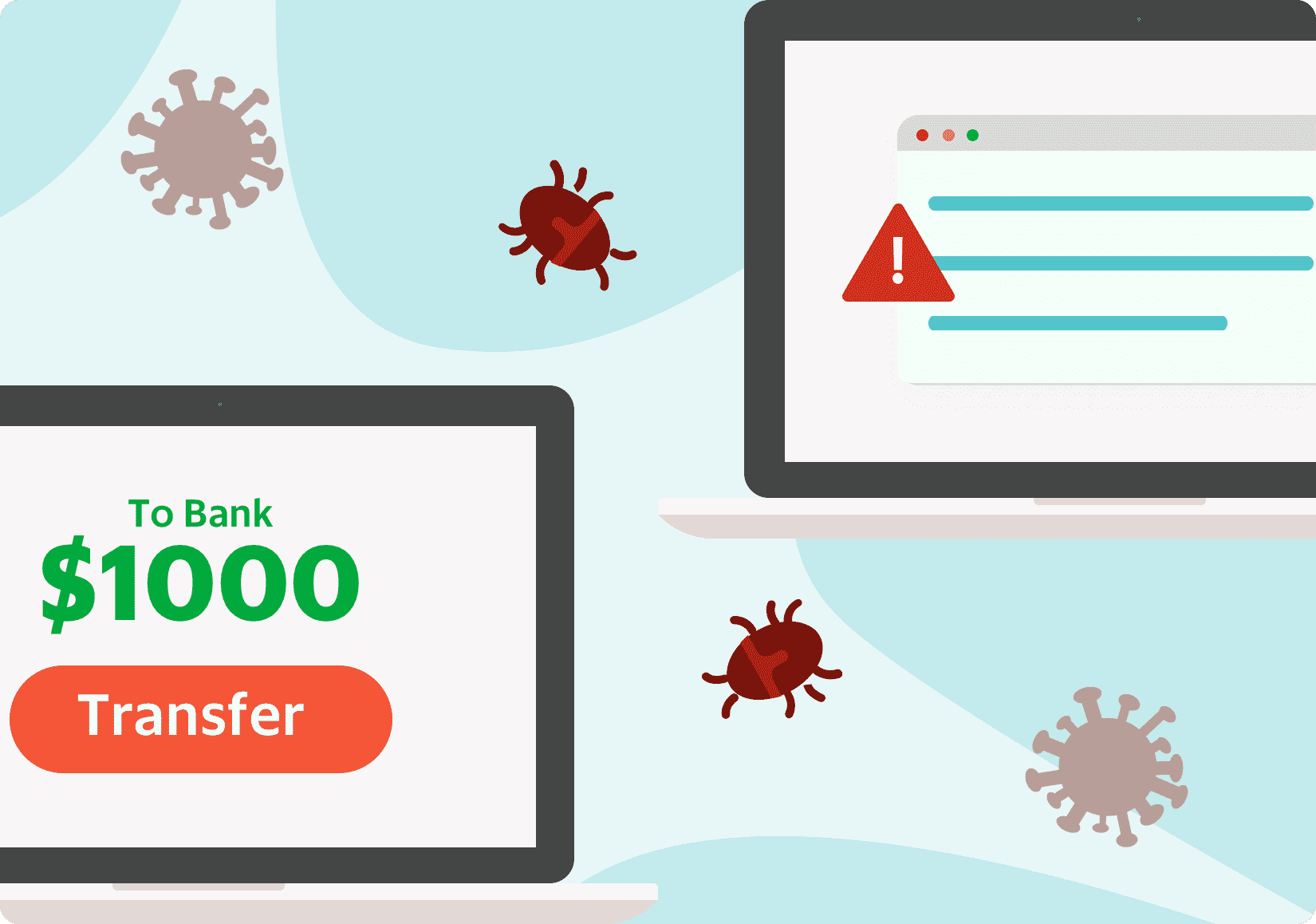

Man-in-the-Middle
Attacks
Man-in-the-middle (MitM) attacks, or eavesdropping attacks as they’re sometimes called, occur when an attacker inserts themselves into two-party transactions. The hacker generally cloaks itself with a spoofed IP address, disconnects the client, and requests information from the client. For example, attempting to log-in to a bank session would allow a MITM attack to hijack user info related to their bank account.
Solution
Solution
- Avoid using public Wi-Fi connections whenever possible.
- Using virtual private networks (VPNs) on public Wi-Fi when using public networks is unavoidable.


Pro Tip:
Be sure to use GrabPIN and biometrics to keep your account secure. GrabPIN is a 6-digit numeric password that is used to protect your account. You may also enable biometrics authentication like fingerprint or FaceID as it cannot be lost, stolen or forgotten.
Read other articles.

Stay online securely, we’re on guard
Here are six ways to recognise a potential phishing scam and protect yourself from such an cyberattack.
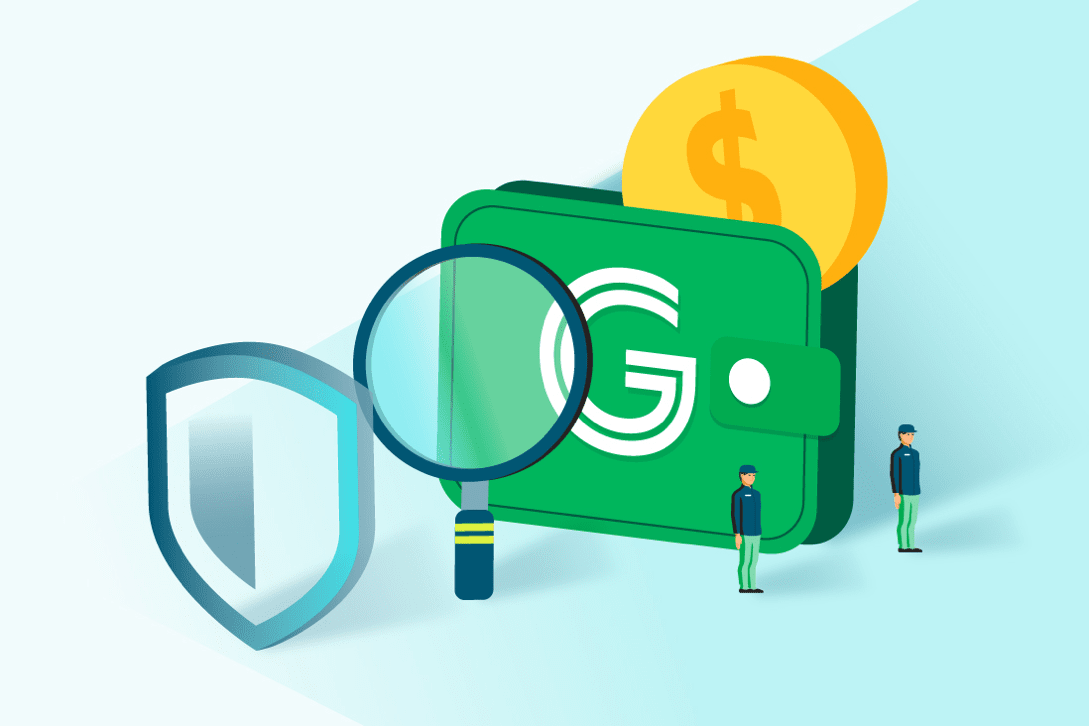
Your security is in our care
You have the power to ensure your security by doing these three very simple things on our app.
Forward Together
3 Media Close,
Singapore 138498

